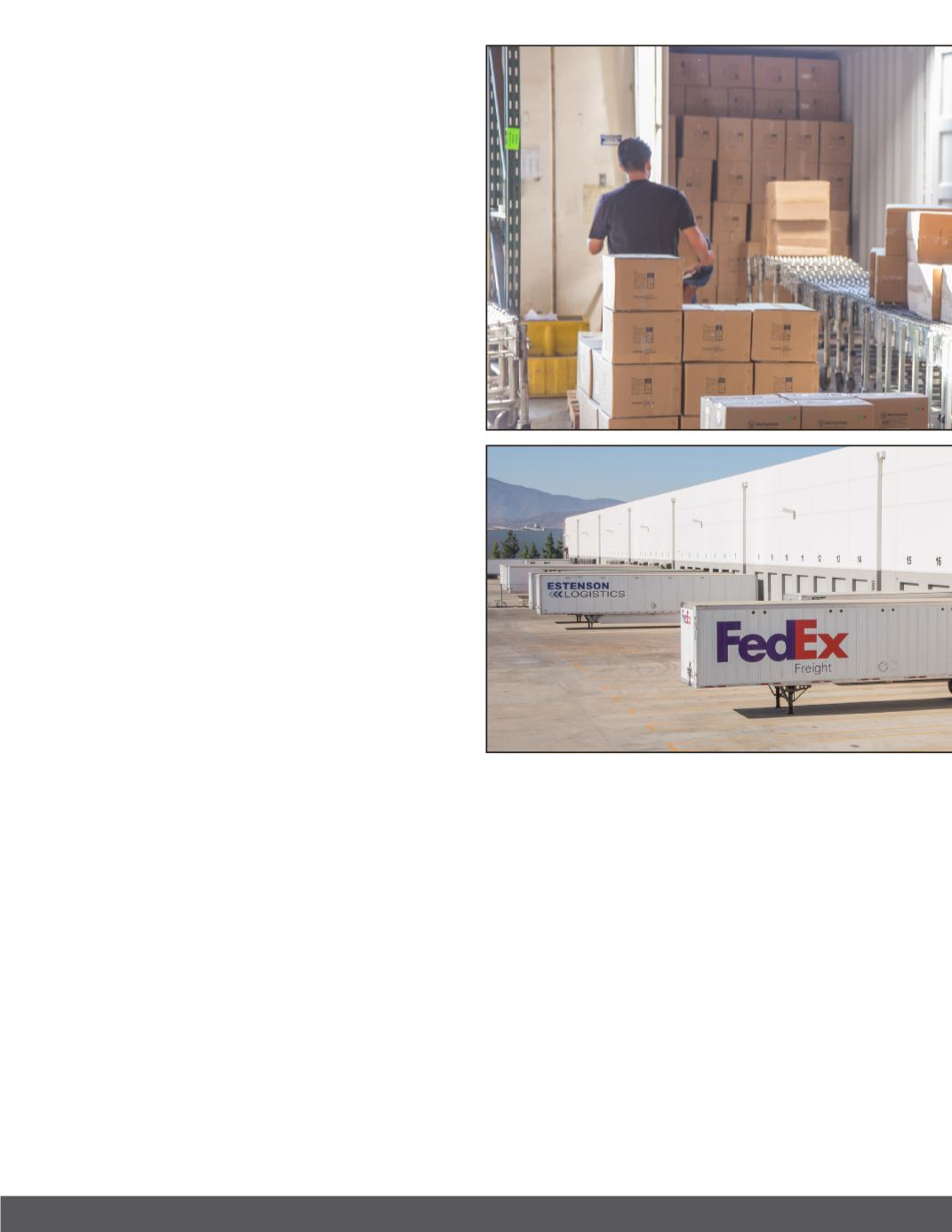
174 Business View Magazine - October 2016
phasizing the last five to ten years.”
Catrambone concurs, adding that the company’s bun-
dled approach provides an economic value to its cus-
tomers. “They are able to purchase multiple product
categories on one purchase order, one invoice, deal-
ing with one service center,” he says. “And because
we’re privately-held, it allows us to be nimble and flex-
ible in reacting to changes in the market place. We’ve
worked hard to create an infrastructure that allows us
speed-to-market. When the Recession hit, we took a
look at our infrastructure and our fixed costs. At the
time, we had four distribution centers in the U.S. that
were built decades ago, in order to accommodate
these emerging, national chains: Ace, Tru-Value, Low-
es, Home Depot. Since that time, they’ve created their
own distribution center networks. So, we decided to
consolidate, moved into a larger facility in California
and implemented a new replenishment system. At the
same, leveraging consolidation warehouses up and
down the coast of China via our freight forwarder to
accommodate our expanding vendor network in order
to get cost-competitive. On the U.S. side we created
a hub-and-spoke model which allowed us to shorten
in-transit time by 20 days compared to flowing to the
east coast. Everything is predominantly landing on the
west coast, so we have a constant pipe-line moving
from west to east in order to accommodate the East
coast and reducing our inventory carrying costs. Our
customers have come to know us as being able to ac-
commodate their needs and exceed their expectations
both from the manufacturing end on through to the
distribution transaction.”
Dave Gatto, a 26-year company veteran, now heads up
compliance, in a new position created to deal with the
ever-changing legal and regulatory environment of the
lighting and electrical products industries. “In the old
days,” says Gatto, “we really didn’t need a compliance
person, because safety certification was the only regu-
lation we had to deal with. The regulatory landscape
really started to change here and in Europe back in the
late 1990s, and has definitely impacted our business.
The cost of compliance is very high and the engage-
ment needed for us both to be aware of, and involved
in, the regulatory landscape is a major investment for
the company. We have regulatory impact on the fed-
eral side, via the Department of Energy, for current
products and there’s some active rulemaking going
on that will affect products that aren’t currently reg-
ulated; with the Federal Trade Commission for pack-
age labeling; and at the state level. A variety of states
have individual, either regulatory efficiency standards
or, in some cases, regulatory environment standards.


